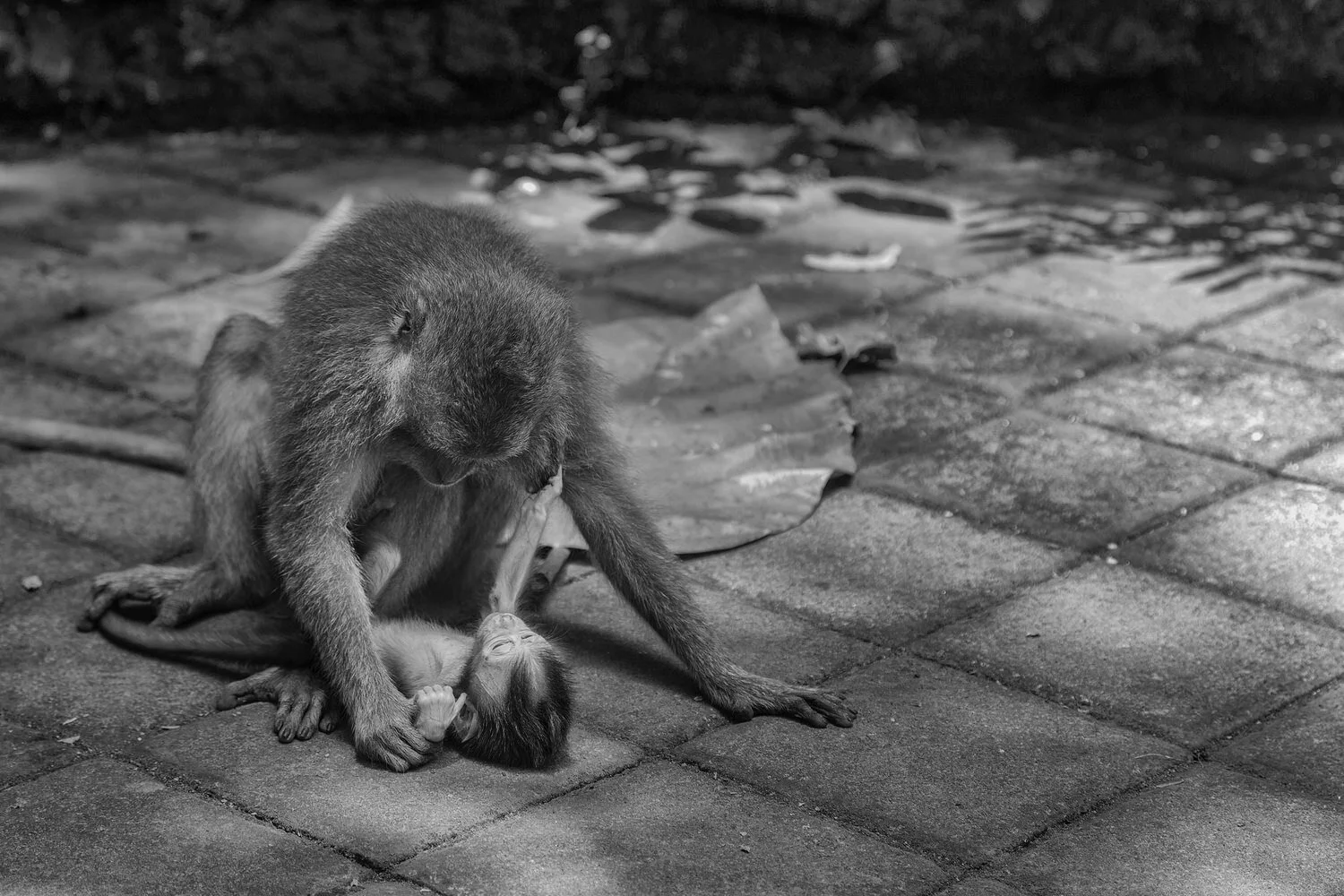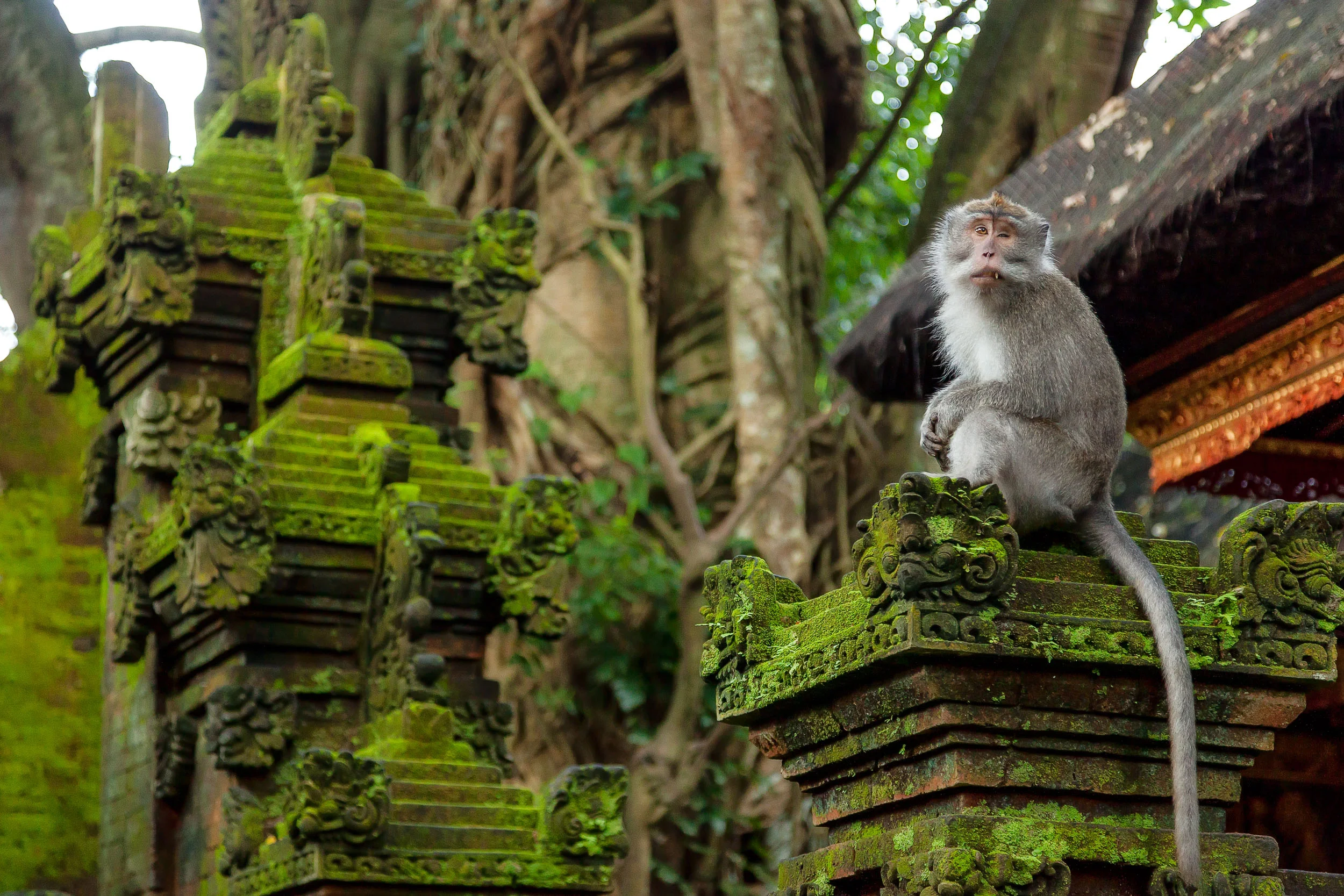Zodiac Boat Photography
A waddle of penguins, photographed from a zodiac boat, Cuverville Island.
Making photos from a zodiac boat, also know as a zodiac inflatable boat, is great fun. Here’s how to maximise your success photographing from a moving zodiac boat.
Photographing Antarctica is an experience of a lifetime. I was fortunate to co-run a photography tour to the Antarctic Peninsula and I’m very much looking forward to my next visit.
It was an amazing experience and an incredible bonus for me to photograph such a wild and pristine landscape.
While in Antarctica we photographed in the following ways:
From the deck of our ship, a Russian Ice Breaker refitted for the needs of tourists
From a zodiac inflatable boat
During onshore explorations after alighting from our zodiac
One place we visited was Cuverville Island.
As you can see from the above photo, made from a zodiac inflatable boat, Cuverville Island is a harsh and dramatically beautiful place.
The terrain is challenging and, not long after you’ve alighted from your zodiac boat, you’ll find yourself climbing up steep mountain slopes while sinking into deep snow.
How to Photograph from a Zodiac Inflatable
Tour group participants had no trouble photographing from the zodiac inflatable boats we were assigned to in Antarctica.
When working in a slightly restricted area it’s important to take a coordinated approach that maximises your opportunities for great photos while not disadvantaging other members of the tour group.
The last thing you’d want would be someone’s head intruding into your photo. Here’s the best approach I’m aware of to ensure that doesn’t happen.
To begin with participants sit along the raised edge of the zodiac boat with their feet placed onto the floor.
Opportunities to photograph wildlife, icebergs or other geographical features will present themselves on a regular basis as you cruise around in your zodiac boat.
Everyone on the side of the zodiac inflatable that faces the action bobs down on their knees and spins around 180 degrees to make their photos.
This allows them to make photos while supporting their camera and lens by resting their elbows on the raised side of the zodiac they’d otherwise have been sitting upon.
At the same time those on the opposite side of the zodiac sit on the cushioned, rubber edge of the craft and photograph from a higher position.
When the action is on the other side of the zodiac boat folks simply reverse their roles.
This method works a treat and, rather than competing for photographs, you’re all working together and contributing to the success of the photos made by other tour members.
From a teacher’s point of view I’d say that the camaraderie that develops through this process really helps to build a harmonious and collaborative group experience.
Zodiac Boat Photography On A Well Run Tour
As a tour leader I have no problem continuously calling out ISO, Shutter Speed and Aperture combinations while the tour group has embarked upon a zodiac boat photography adventure.
Likewise I’m happy to make a variety of suggestions regarding lens focal length, composition and subject matter for participants to adopt if they feel the need to.
The success of the tour is measured as much in the happy faces of participants as it is through the beautiful photos they produce.
I’m very much aware that helping folks make great photos is the reason I’m there.
In the right circumstances the zodiac boat operator will slow the craft’s motor down, and sometimes even stop it, to allow you to gracefully glide past a particularly beautiful iceberg, bird, penguin or seal.
More often than not the zodiac inflatable will be moving at a faster pace. The trick then is to have your camera ready for that decisive moment when subject, composition, light and meaning all come together to form a cohesive and harmonious image.
To be able to create a great image you first need to see it forming in your mind’s eye and then set your camera’s settings so that all that’s required to actually make the image is accurate focus, great composition and, of course, timing.
The tour that I was involved with to Antarctica was managed by an Australian explorer who, among many previous achievements, had participated in the first Australian ascent of Mount Everest.
He made the comment that, in all his years running tours, he’d never met a photography tour leader who’d helped folks the way I had.
I was pleased, yet not surprised as I’d heard that many photography tour leaders seem to think that running a photography tour is a way for other folks to fund your adventures.
That sense of entitlement has long bothered me and it’s certainly not the way I approach my role as tour leader.
My job is to help participants (i.e., customers) make great photos and to facilitate a great learning experience for all.
Sometimes you teach, in a relatively formal way, to the group as whole. More often than not you’re helping folks individually or in small huddles.
It all depends upon the circumstances and the needs of the customer.
Some folks like to be left alone while they’re making photos, others prefer to be coached on location.
I do my best to adapt while working to ensure each customer leaves the tour more empowered by what they’ve learned during what’s a very immersive and quite intense photography adventure.
I judge the success of the tour not by the weather we’ve experienced, but by the following criteria:
Customer happiness
Deeper knowledge of the topics discussed and retention of important technical information
Improved understanding of composition
Great photos by which they can remember this grand group adventure
Greater confidence and empowerment that will enable them to continue to make quality photos into the future without assistance
Making Great Photos Is A Shared Responsibility
To be frank it’s important to know how to use your camera and understand the fundamentals of photography before embarking on a specialized photography tour.
There’s nothing worse, for all involved, than watching a spectacular moment pass by while someone is fiddling around with their camera.
I pride myself with providing folks with the kind of specific, actionable and timely advice they need to make great photos.
And the way I do so is different to so many other photography teachers and tour leaders.
I teach through empowerment. I have no desire in building a sense of dependency in those who pay money for the expertise and/or the experience I provide through my classes, workshops and tours.
In a formal classroom environment it’s often important to take control and instruct. But on location the role of the tutor is more to facilitate and motivate.
If that requires a joke, a story or a song when the weather is somewhat less than desirable, I’m always up for it. Having said that it’s important to note that I sing like a wounded dog.
Above all else technical topics need to be explained in a clear and understandable manner, prior to the time they’ll most likely be needed.
I want folks to leave my care nourished, both intellectually and spirituality. It’s important for me to see a new level of confidence and self awareness developing and becoming evident through the art they produce.
Maybe we’ll get to work and even travel together sometime in the not to distant future. If, in the meantime you need help understanding your camera or how to make better photos, more often feel free to contact me directly.
One of my one-to-one photography classes in Melbourne might be just what you need.
Glenn Guy, zodiac inflatable boat on Jokulsarlon Glacier Lagoon, Iceland
Photos from a Zodiac Inflatable in Iceland
Here’s a photo of me photographing the spectacular Jokulsarlon Glacier Lagoon in Iceland. I’ve had the good fortune to visit and photograph Jokulsarlon from a zodiac inflatable boat on both my trips to Iceland.
It’s an incredible location and, in addition to photographing icebergs, as they glide past, from the shores of the glacier lagoon, a zodiac boat cruise is well worth the investment.





